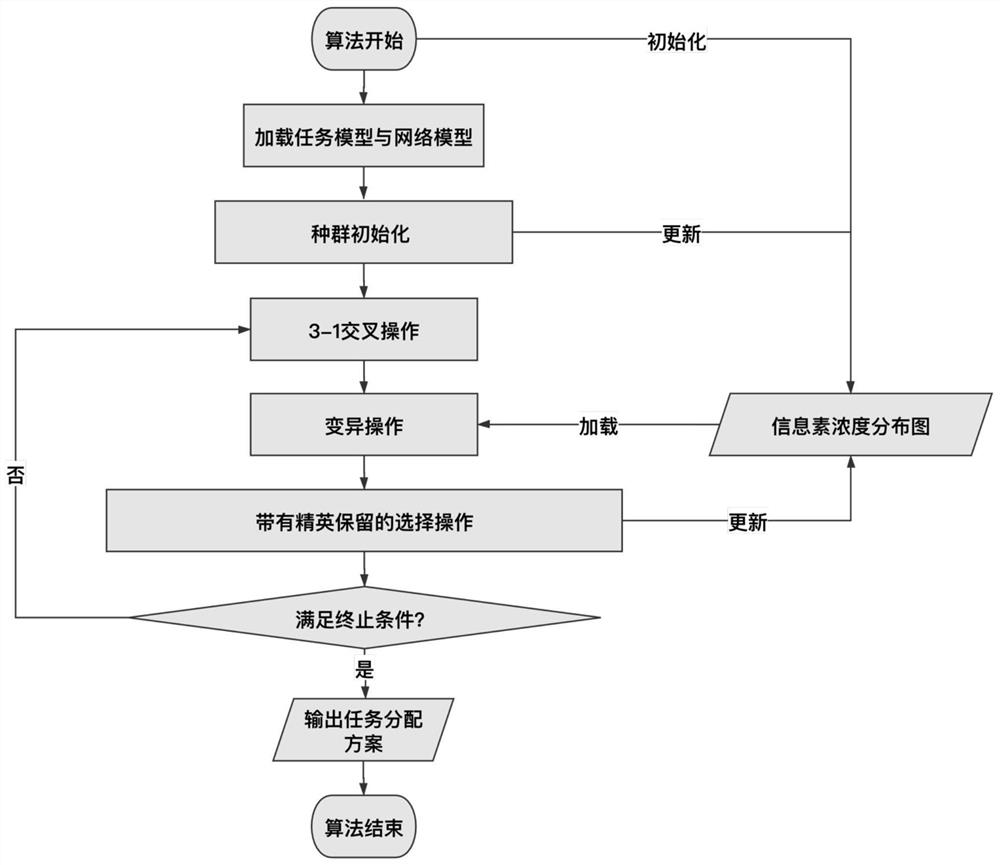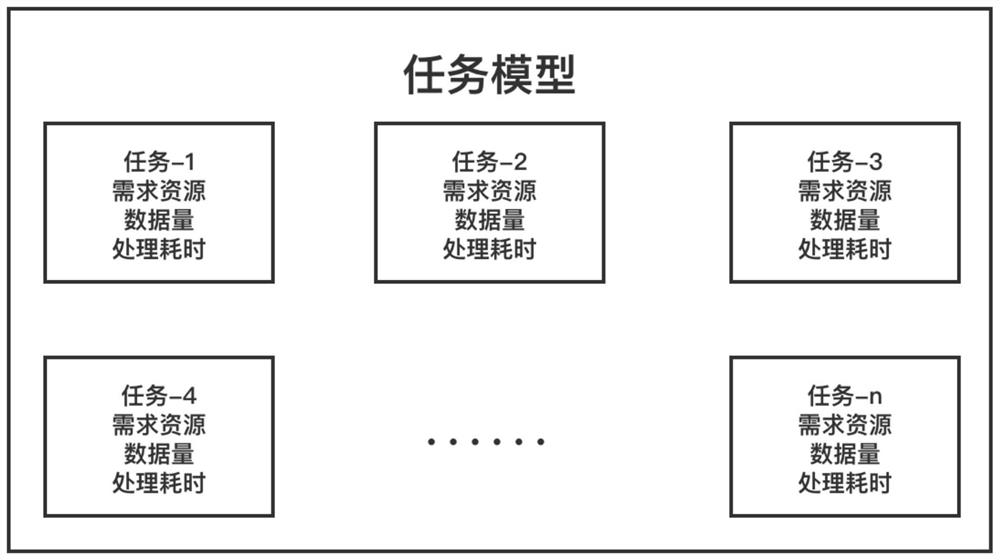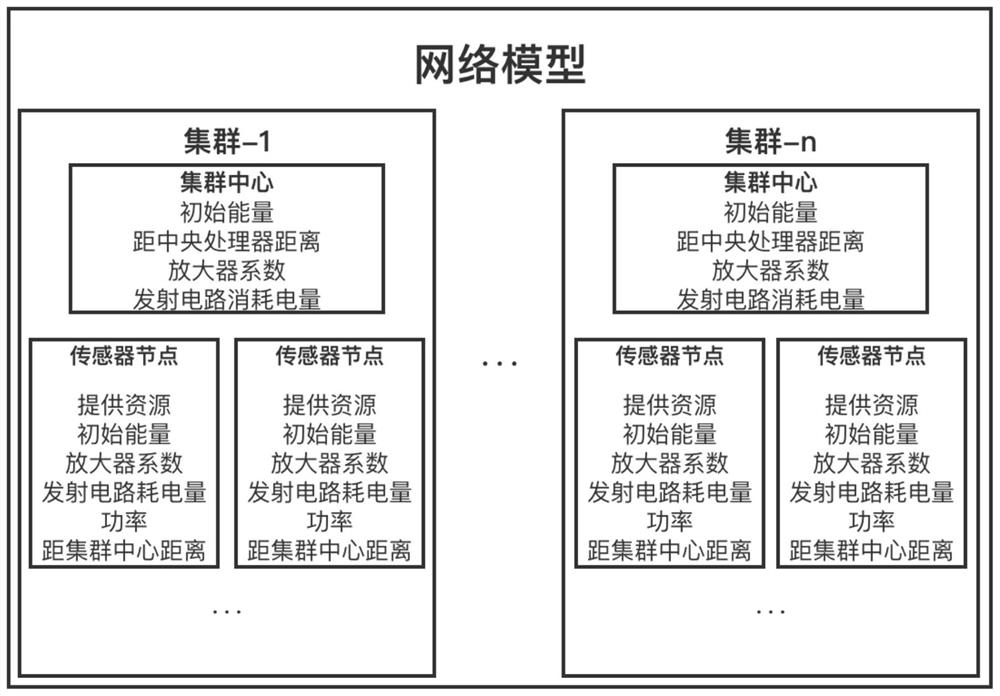A Heuristic Algorithm Based Task Assignment Method for Wireless Sensor Networks
A wireless sensor and heuristic algorithm technology, applied in the field of Internet of Things, can solve the problems of slow convergence, reduced algorithm efficiency, early convergence, etc., to achieve the effect of improving quality and speeding up search
- Summary
- Abstract
- Description
- Claims
- Application Information
AI Technical Summary
Problems solved by technology
Method used
Image
Examples
Embodiment Construction
[0026] This patent integrates the genetic algorithm and the ant colony algorithm, the purpose of which is to improve the convergence speed of the task allocation algorithm and improve the quality of the obtained solution. The core idea of the ant colony algorithm is introduced into the mutation operator of the genetic algorithm to realize the fusion of the two heuristic algorithms. The inability to make full use of the feedback information in the system leads to a gradual decline in the speed of its convergence to the optimal solution, and the performance of the fusion algorithm will be better than that of the single heuristic algorithm. The best embodiment of the present invention is as follows:
[0027] Step 1: Load task model and network model.
[0028] Step 2: Initialize the population. The length of the chromosome is the number of tasks in the task model, and the elements stored in the nodes in the chromosome are the sensor nodes in the network model. Storing sensor n...
PUM
 Login to View More
Login to View More Abstract
Description
Claims
Application Information
 Login to View More
Login to View More - R&D
- Intellectual Property
- Life Sciences
- Materials
- Tech Scout
- Unparalleled Data Quality
- Higher Quality Content
- 60% Fewer Hallucinations
Browse by: Latest US Patents, China's latest patents, Technical Efficacy Thesaurus, Application Domain, Technology Topic, Popular Technical Reports.
© 2025 PatSnap. All rights reserved.Legal|Privacy policy|Modern Slavery Act Transparency Statement|Sitemap|About US| Contact US: help@patsnap.com



